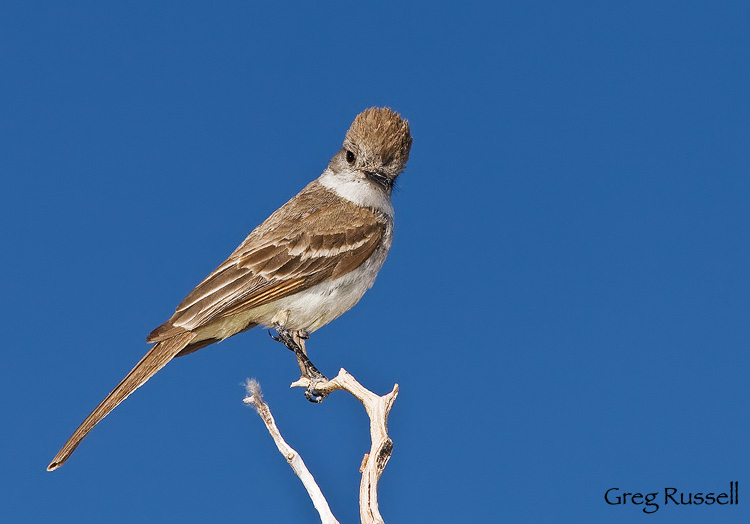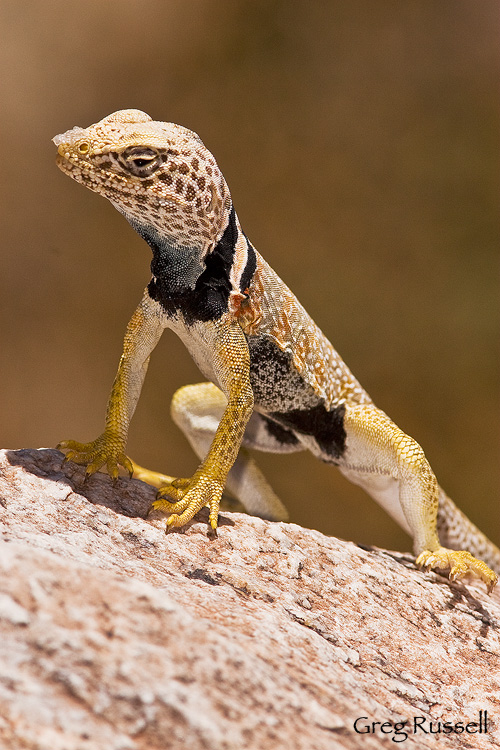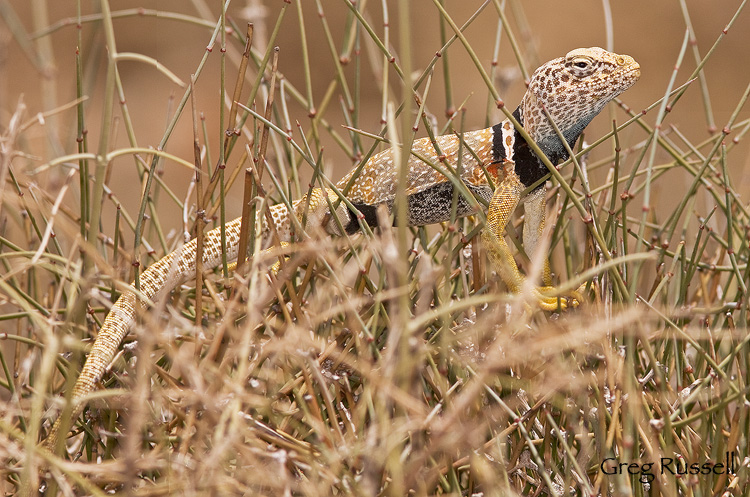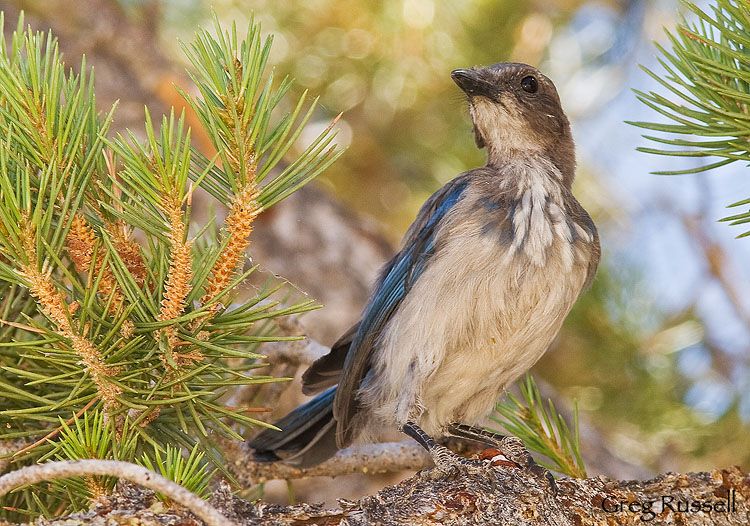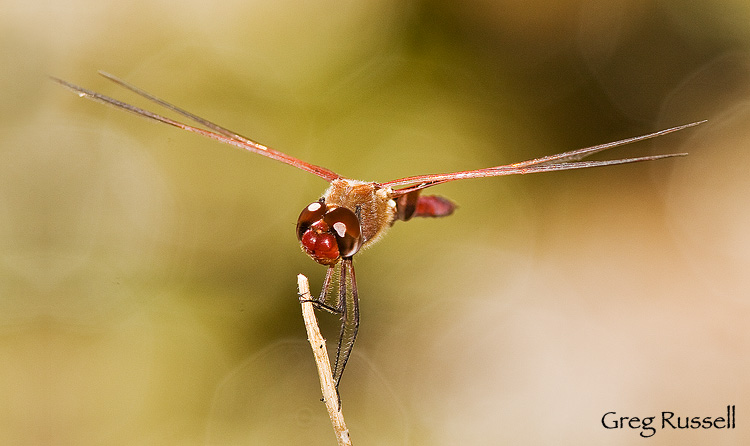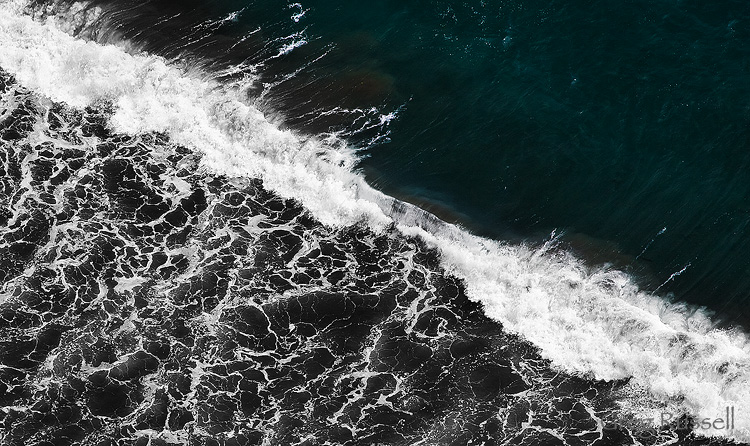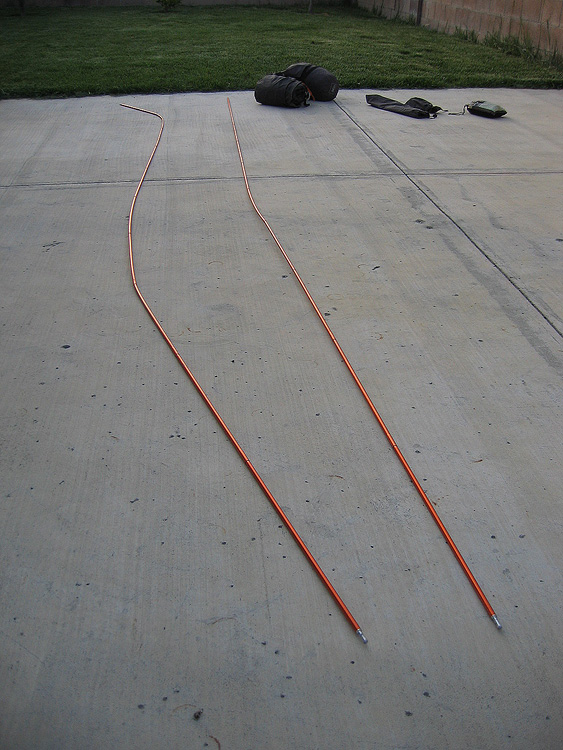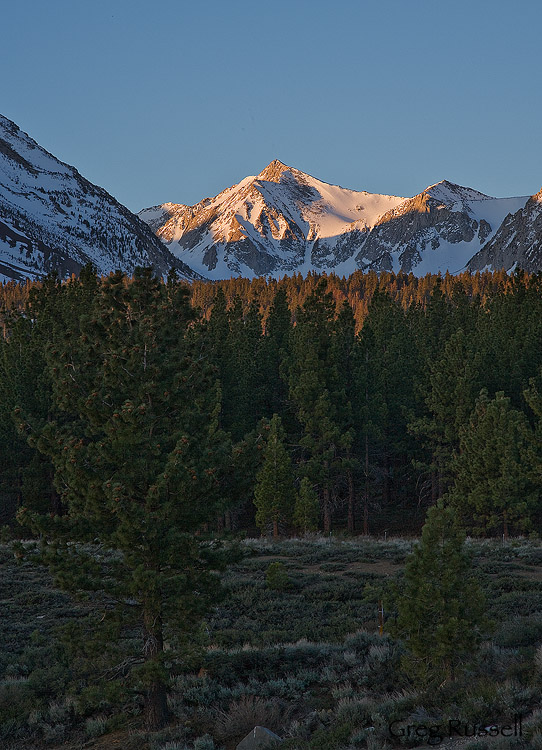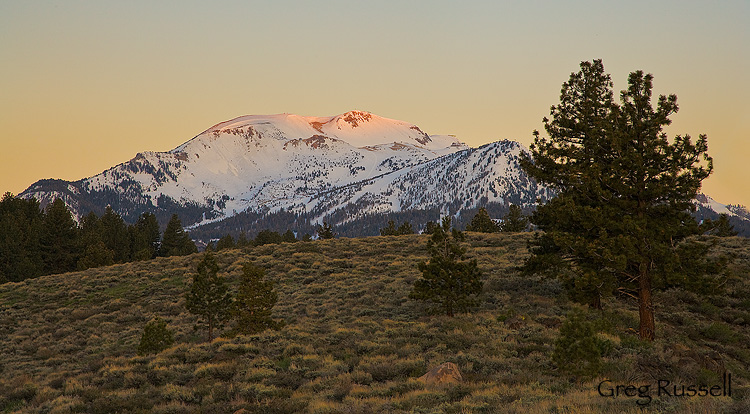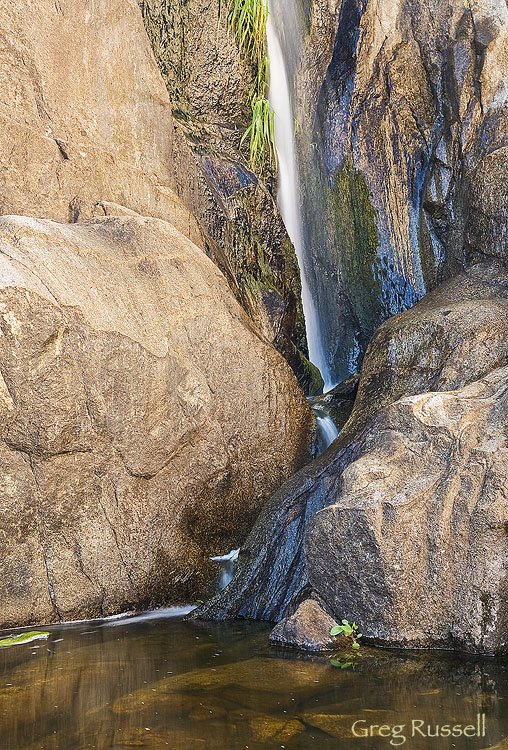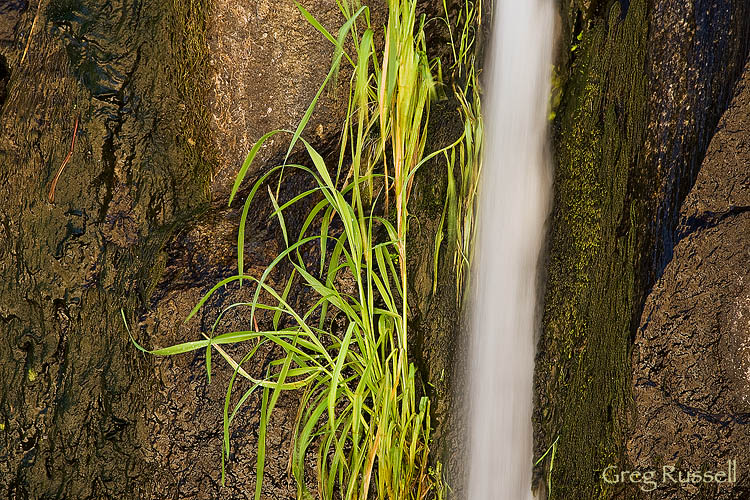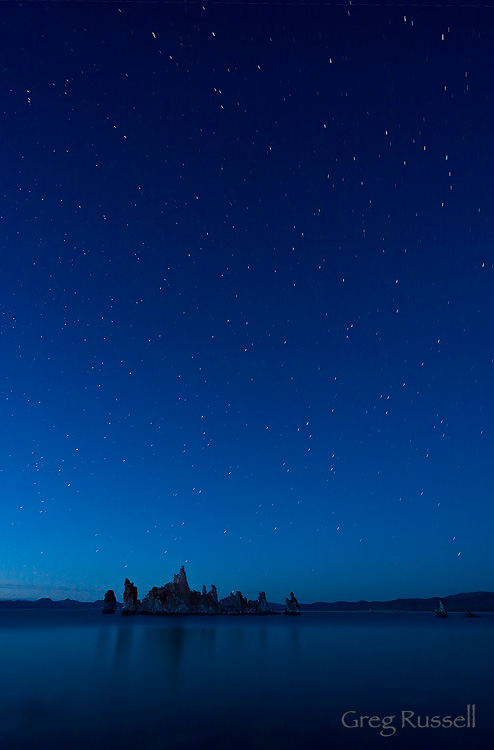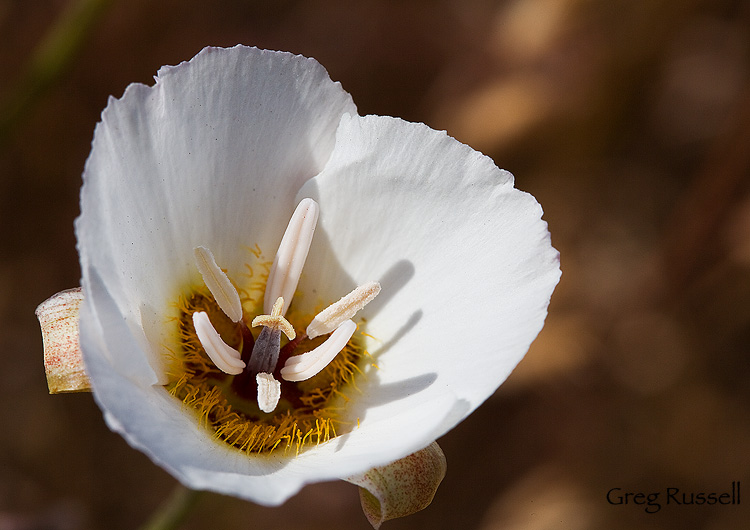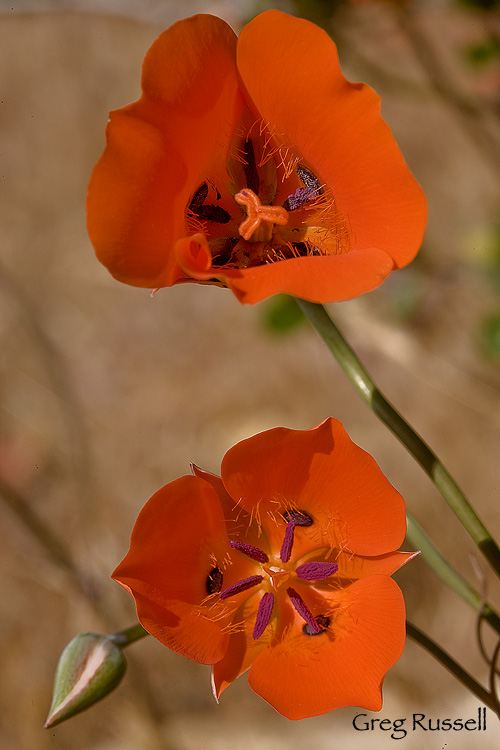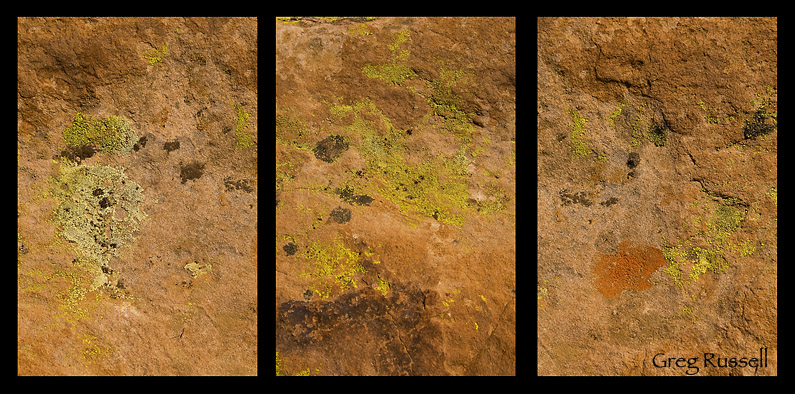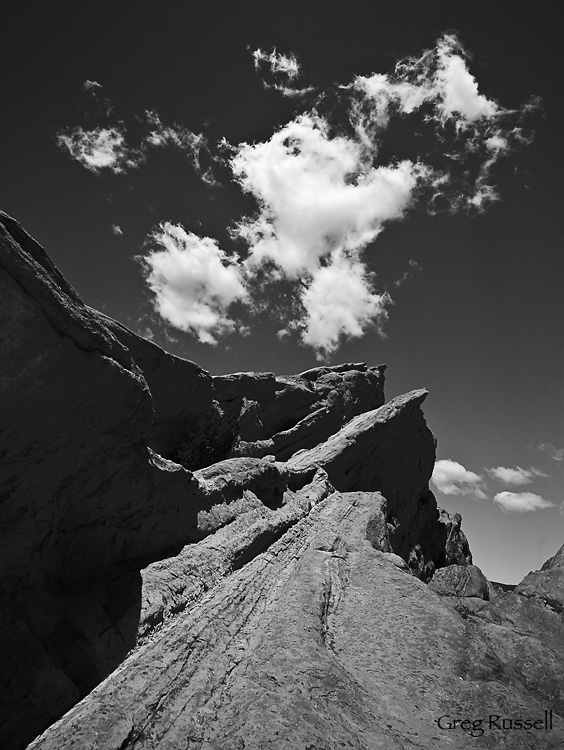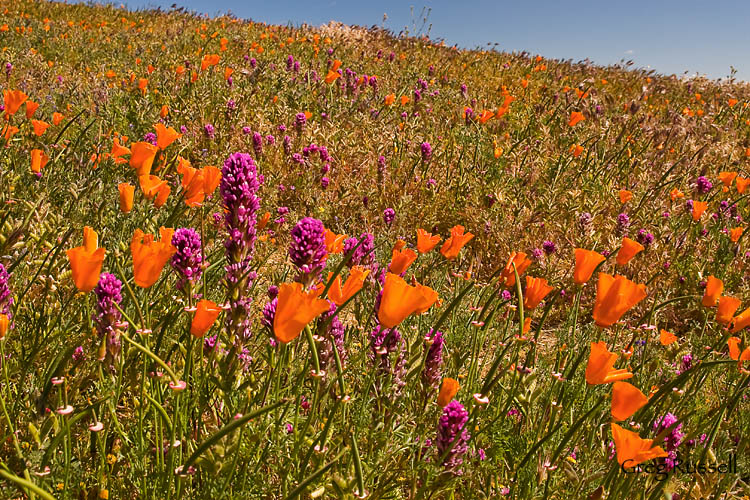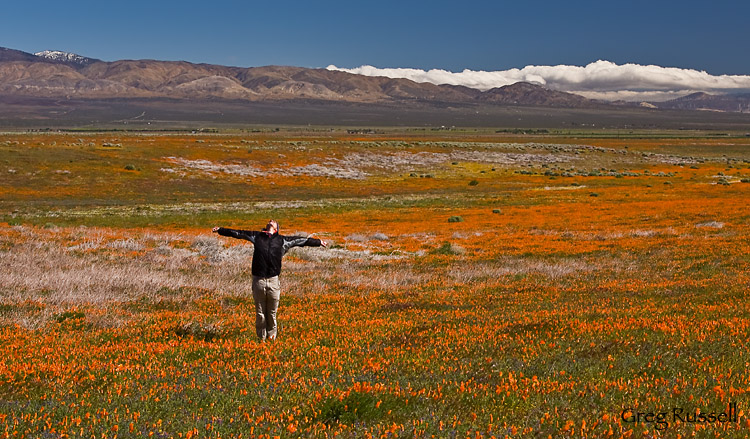Last week, a friend and I headed out to Joshua Tree National Park in search of summer wildlife. There’s no doubt the desert is not a fun place in July–we started the first of three hikes in 80+ degree temperatures and ended up hiking in 100+ degrees, but it was a productive trip.
We started the day near the Black Rock Campground in hopes of finding Scott’s Orioles to photograph. We did see several orioles, but they buzzed by at top speed, with no interest in stopping for us to photograph them. Instead, we did find several very accommodating Ash-throated Flycatchers, and I got some nice shots of these pleasant birds. To see all of my Ash-throated Flycatcher images, click here.
After spending a couple of hours hiking in this area, we headed over to the 49 Palms Oasis trail, which is a fantastic place to photograph Chuckwallas and Collared Lizards. We weren’t successful in finding many Chuckwallas, but we did find a few flashy and cooperative Collared Lizards. These are some of my favorites, and I was very happy to find some that were so willing to let us photograph them. To see all of my Collared Lizard images, click here.
When its over 100 degrees Fahrenheit outside, its easy to see why these heat-loving lizards would seek refuge in the bushes rather than the rocks–its much cooler! Even in the upper photo, you can see the lizard’s toes lifted off the rock–presumably they stay cooler this way.
After these two very hot hikes, we headed into the main part of the park to look for antelope ground squirrels and dragonflies. No squirrels were to be found, but we did find a scavenger-like scrub jay, as well as several dragonflies, including a new one for me: red saddlebags.
In addition to this, we found several desert bighorn sheep (future post), and a few other cool things. Despite the heat, it was a great day in our local National Park!

